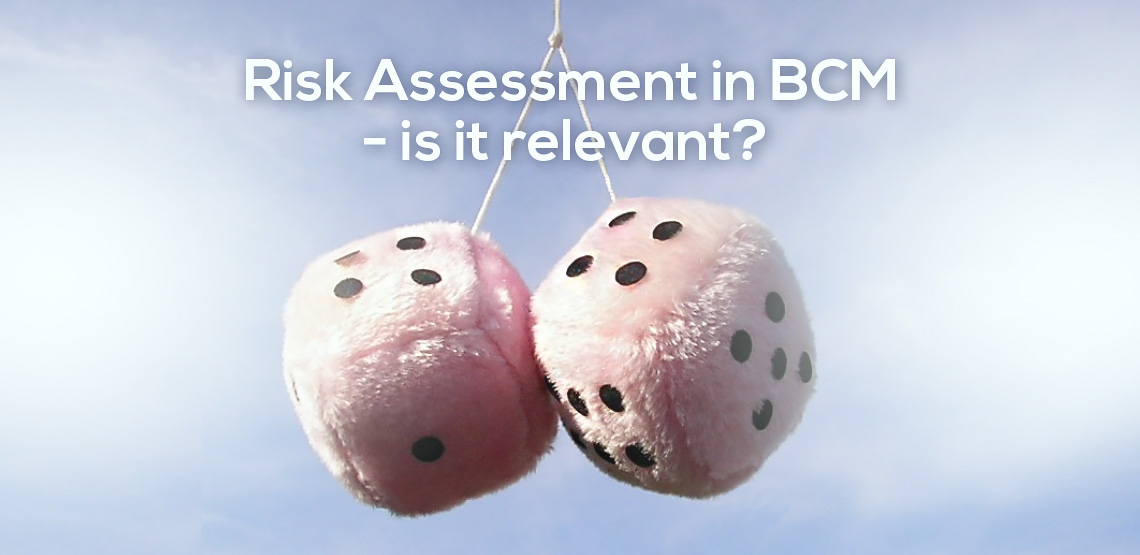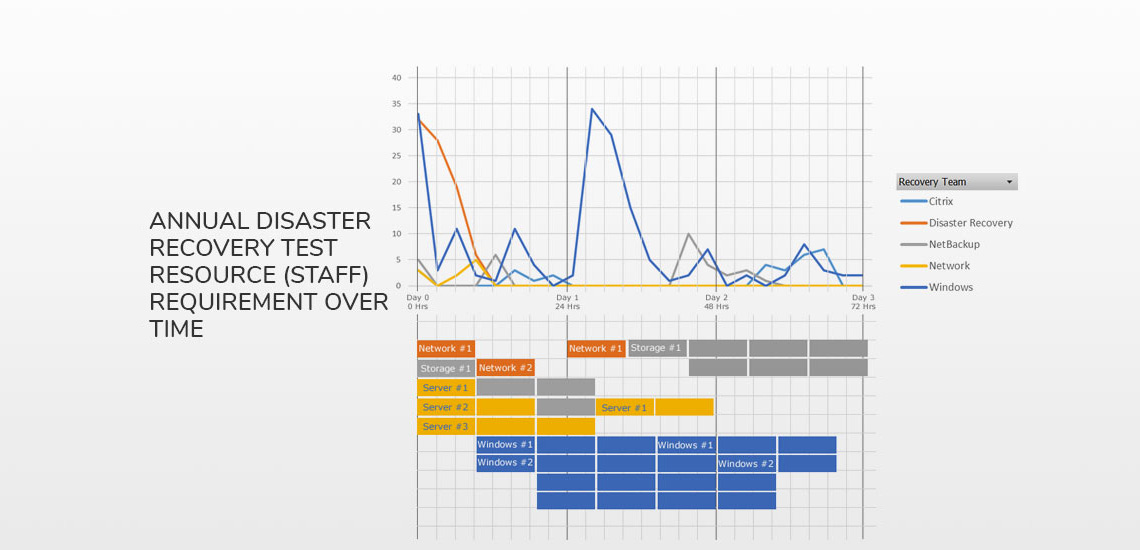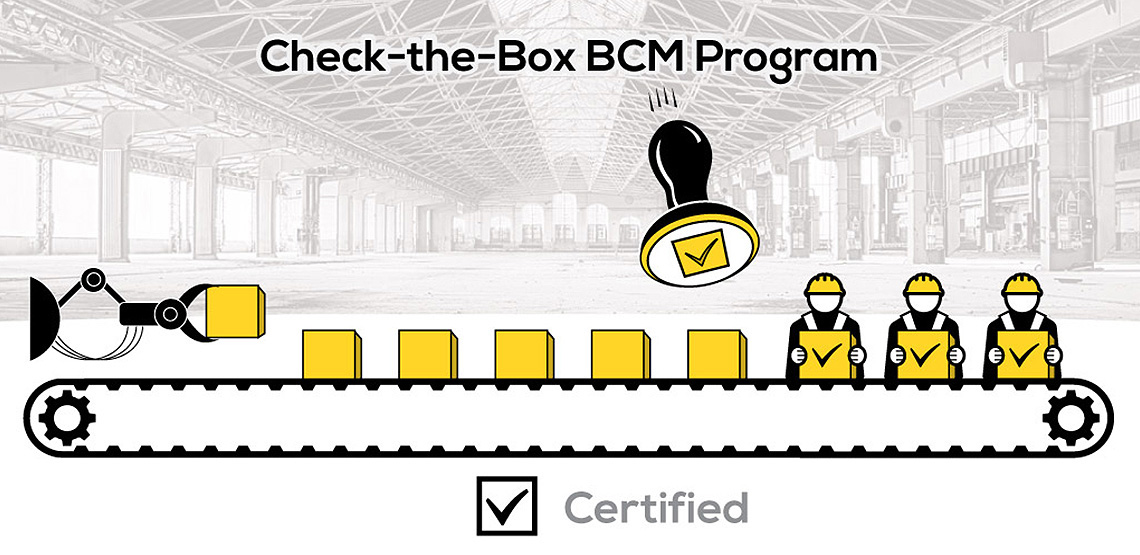Author: eBRP Thoughts
eBRP Thoughts, eBRP’s Blog voice, represents 50 + years of cumulative BCM knowledge gained through experience in corporate BCM program management, consulting & program implementations. We've worked hand-in-hand with governments and private enterprises to develop viable BCM programs. eBRP is an active participant on LinkedIn and Twitter. The opinions expressed in our eBRP.net blog are ours and are intended to engage resiliency planners in conversations about the BCM industry, its standards and its future.
Within Business Continuity circles there is ongoing debate about the relevance and role of Risk Assessment in developing a BCM program. Having been in the industry for more than 20 years, I understand the issue from both the sides. Traditional, formalized Risk Assessment aims to identify the threats to which…
The BCM Challenge: Executive Buy-In
As a Business Continuity Management (BCM) solution provider, the first question I ask potential clients is: What are your major program challenges? Here’s what I hear: We don’t have a seat at the executive table where major decisions are made. The program lacks executive buy-in. BCM is at the bottom…
DR Plans – The What, When & Who
As a Business Continuity practitioner with more than 20 years of experience, I have seen, reviewed and created many continuity and disaster recovery plans. I have seen them in various shapes and sizes, from a meager 35 row spreadsheet to more than 1,000 pages in 3-ring binders. In most of…
Disaster Recovery – Exercised
As part of its Resiliency program, one of our clients recently performed their Annual Disaster Recovery test in which they failed over their production data center to a backup data center. The test was scheduled for 96 hours (4 days) to restore their Tier 0 Mission Critical services, and involved…
You have a Risk Department. Why do YOU conduct Risk Assessments?
If you’re new to Business Continuity, you have a lot to learn. A thorough understanding of Risk – and how to assess Risk – need not be on your To Do list. As a BCM professional, you already know how much time you spend on Risk Assessments. Have you ever…
What’s Our Plan for That?
That question usually comes from an executive after some other organization has a business crisis that makes global or national headlines. The question causes anxiety in many Business Continuity Planners. I remember the first time I got that question. A local business had suffered a lightning strike, cutting power and…
DR Exercise: Resources Over Time
An enterprise disaster recovery invocation may activate 100’s of plans, incorporating 10’s of thousands of tasks and 100+ responders collaborating over 72 hours to achieve effective service restoration. One of the challenges for the Incident Commander is scheduling resources for achieving the desired RTO. Based on the resource allocation done…
Are we there yet? RTO Tracking
An enterprise disaster recovery invocation may activate 100’s of Plans, incorporating 10’s of thousands of Tasks and 100+ responders collaborating over 72 hours to achieve effective service restoration. One of the challenges for the Incident Commander is sequencing Recovery Plans & Tasks, to achieve the lowest Recovery Time. If Planners…
A Paint Job Won’t Make Your Car Safer… (A New BIA Won’t Make You More Prepared)
A new finish for your old car may look great, but in the end, it may still be a ’71 Pinto. The cost of the BIA process – writing, distributing, validating, analyzing, reporting, presenting to Management, revising and repeating annually – can be a staggering amount. Yet a BIA may…
BCM Standards: Lifeboat or the Titanic?
Passengers on the Titanic didn’t think it could sink. When it did, there wasn’t room for everyone in the lifeboats. By slavishly tying your BCM program to industry ‘standards’, you may find yourself adrift during a business disruption. Standards are only guidelines. They’re no substitute for the knowledge necessary when…









